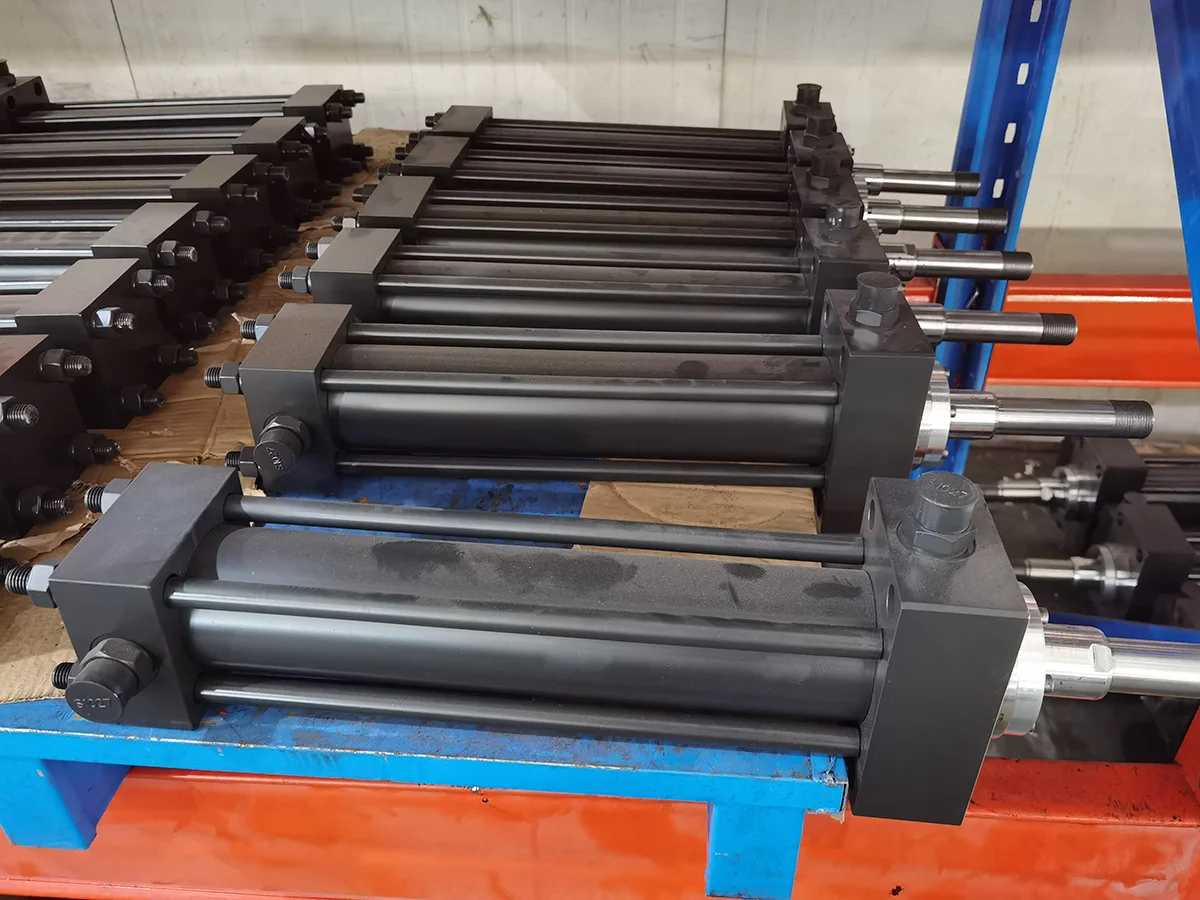- This topic is empty.
-
AuthorPosts
-
The sealing structure is a crucial component in the hydraulic system, especially for tie rod cylinders. The design and performance of the sealing structure are directly related to its working efficiency and life. This article will introduce the sealing structure design principles of tie rod cylinder, common sealing components and the importance of sealing structure in practical applications.
Principle of sealing structure design
The sealing structure of the tie rod cylinder is designed to prevent hydraulic oil from leaking under high pressure and ensure the sealing performance of the piston within the cylinder. Its design principles mainly include the selection of seals, the determination of sealing methods and the processing technology of the sealing surface. Through reasonable design, leakage can be effectively reduced, sealing performance can be improved, and the service life of the tie rod cylinder can be extended.

Common sealing components
1. O-ring: O-ring is one of the most common sealing elements. Its simple ring structure can provide a good sealing effect between the piston and the cylinder barrel.
2. Guide ring: The guide ring is usually installed on the piston to reduce the swing of the piston in the cylinder and also plays a sealing role.
3. Oil seal: The oil seal is mainly used to prevent hydraulic oil from leaking from the piston rod of the tie rod cylinder and maintain the stability of the hydraulic system.
4. Dust-proof ring: The dust-proof ring is installed on the piston rod, which can effectively prevent external dust and impurities from entering the tie rod cylinder and protect the sealing structure from contamination.
The importance of sealing structure in practical applications
In practical applications, the sealing structure of tie rod cylinder is directly related to its working efficiency and life. A good sealing structure can reduce leakage, improve the working efficiency of the hydraulic system, and reduce energy consumption. At the same time, an effective sealing structure can also extend the service life of the tie rod cylinder, reduce maintenance costs, and improve the reliability and stability of the equipment.
In summary, the sealing structure design and performance of tie rod cylinder have an important impact on its working efficiency and life. Reasonable selection of sealing components, optimization of sealing structure design, and strengthening of maintenance of the sealing structure will help improve the performance of the tie rod cylinder and meet the needs of use under different working conditions.
Why is the tie rod cylinder popular?
How to choose the right tie rod cylinder for your hydraulic system
Tie rod cylinder maintenance and care guide
Tie Rod Cylinder: The backbone of industrial applications
Choosing the right tie rod cylinder: the perfect match for your engineering needs
Analyze the structure and working principle of tie rod cylinder
Hydraulic weapon: tie rod cylinder classification analysis and application
Key components in hydraulic systems: reliability and life evaluation of tie rod cylinder
How to choose a quality tie rod cylinder manufacturer: key strategies and considerations
Protect your investment: effective anti-corrosion measures for tie rod cylinders
Hydraulic tie rod cylinder sealing technology: the key to optimized performance and extended life
Detailed explanation of precautions and operating procedures for safe use of tie rod cylinders
Factors and analysis affecting the price of tie rod cylinders
Material selection for tie rod cylinders: a balance between performance and application
tie rod cylinder and welded cylinder, which one to choose?
Key factors in selecting tie rod cylinder size specifications
Analysis of the working environment of tie rod cylinder
The history and future development trends of tie rod cylinder
-
AuthorPosts